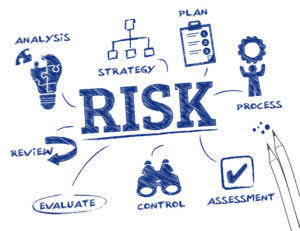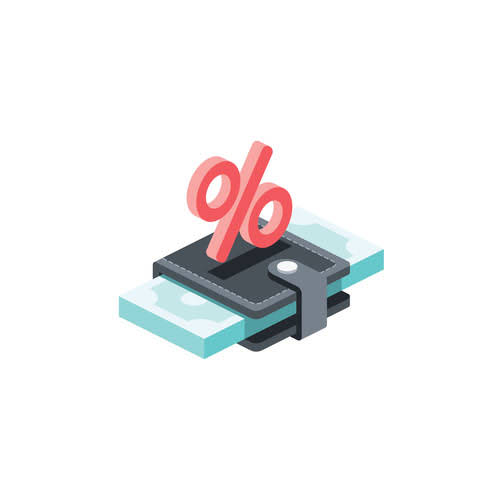Furthermore, big companies can have thousands of line items, so a chart of accounts allows them to be easily divided into different hierarchies and categories. Maintain accurate and consistent books for assigned customers, including recording payments, expenses, and adjustments weekly and performing monthly bank, credit card, and Balance Sheet reconciliations. Most accounting software technologies automatically assign numbers (codes), making the entire process seamless.
Where does the revenue show up?
A Chart of Accounts (COA) is an index of all the financial accounts in a company’s general ledger and is the foundation of the company’s financial system. Note, if you use Xendoo for your accounting, we can set up and maintain your chart of accounts for you. We’ll explain everything you need to know and include an example chart of accounts below. A chart of accounts lists down all accounts used by an entity in its accounting system. The accounts included in the chart of accounts must be used consistently to prevent clerical or technical errors in the accounting system.
- We support thousands of small businesses with their financial needs to help set them up for success.
- As a matter of fact, this high-level review provides a perfect segue into our next topic.
- Although most decent accounting software packages will generate and maintain these identifying numbers for you, it’s still a good idea to have a solid understanding of the underlying system.
- Well, this should be listed between the cash and accounts receivable in the chart, but there isn’t a number in between them.
- Now that we have the high-level information behind us, let’s roll up our sleeves a bit and zero in on building the ideal chart of accounts for your company.
Why is chart of accounts important for efficient finance management?
He has worked as an accountant and consultant for more than 25 years and has built financial models for all types of industries. He has been the CFO or controller of both small and medium sized companies and has run small businesses of his own. He has been a manager and an auditor with Deloitte, a big 4 accountancy firm, and holds a degree from Loughborough University. Simple record-keeping systems started appearing in the late Middle Ages and early Renaissance, thanks to merchants and traders who needed to somehow track their transactions and finances. Now, let’s explore a couple of the COA examples sample chart of accounts for businesses in various industries – online retail, manufacturing, and service businesses.
Interim Leadership vs. Temp Staffing: Choose Wisely, Finance and Accounting
Equity is the ownership value in a company, determined by subtracting liabilities from assets. In simple terms, it’s what you have in the business as a company owner (or one of the company owners) or, often, an investor. The total assets amount represents the value of all the company’s resources. The general ledger is the central hub where all financial transactions are recorded. It contains individual account summaries, https://x.com/BooksTimeInc showing debit and credit entries to each account. This content is for information purposes only and should not be considered legal, accounting, or tax advice, or a substitute for obtaining such advice specific to your business.
Understanding the Chart of Accounts
The general ledger provides a comprehensive view of your financial activities. However, a profit and loss (P&L) statement overviews revenues https://www.bookstime.com/ and expenses. For example, bank fees and rent expenses might be account names you use. Identifying which locations, events, items, or services bring in the most cash flow is key to better financial management. Use that information to allocate resources to more profitable parts of your business and cuts costs in areas that are lagging.
Best Accounting Software for Small Businesses of 2024
Businesses may add, remove, or modify accounts to better track their financial transactions, manage costs, and analyze performance. Customization ensures that a chart of accounts accurately reflects the unique activities and financial structure of a business. A chart of accounts is a document that numbers and lists all the financial transactions that a company conducts in an accounting period. The information is usually arranged in categories that match those on the balance sheet and income statement. While the chart of accounts can be similar across businesses in similar industries, you should create a chart of accounts that is unique to your individual business. You should ask yourself, what do I want to track in my business and how do I want to organize this information?
- For example, we often suggest our clients break down their sales by revenue stream rather than just lumping all sales in a Revenue category.
- The purpose of a Chart of Accounts is to help your team separate and analyze the way that your organization is bringing in and spending money.
- They can be the money spent on resources and activities necessary to keep the business running smoothly.
- Retained earnings can positively impact the company’s financial stability and growth prospects.
- This will allow you to quickly determine your financial health so that you can make intelligent decisions moving forward.
- To understand the chart of accounts, you might want to look at the concepts of accounts and general ledger.
Double Entry Bookkeeping
Even for a small business, however, more digits allow the flexibility to add new accounts as the business grows in the future, while maintaining the logical order of the coding system. Essentially, if you placed the statements of financial position and performance on top of each other, you would come up with the chart of accounts. The first step in creating a numbering scheme is to determine what the structure will be (i.e. how many digits will each account number have?).
- The most important component when working with a chart of accounts is consistency, which enables the comparison of financials across multiple accounting periods and business units.
- The COA is typically set up to display information in the order that it appears in financial statements.
- While this may fill a need for smaller teams with straightforward financial considerations, many startups quickly outgrow it.
- Non-current assets are things a company owns but won’t convert to cash shortly, like property, equipment, and long-term investments.
Revenue Accounts
In the sample chart of accounts for example, the expense accounts are sub-divided into business functions such as research and development, sales and marketing, and general and administrative expenses. The Industrial Revolution resulted in technological advancements and changes in production methods. At this point, they demanded a more structured and standardized approach to accounting to help them track their finances, manage inventories, control costs, and assess their financial performance. Plus, keeping an eye on different expense types helps the company control its costs and ensure money is spent where it matters most.
The chart of accounts, at this point, serves as a structure under which the general ledger operates. Integrating a COA with accounting software boosts automation and accuracy in your financial management processes. The software handles the tracking of transactions across different accounts, ensuring real-time financial data is both precise and easily accessible.









Leave A Comment
You must be logged in to post a comment.